Ask John: What Were John’s Favorite Anime of the Decade?
Question:
I was just curious what your personal favorite Anime of 2010-2019 were.
Answer:
I watch a lot of anime because I deeply adore the medium. I’m fascinated by vintage and modern anime. These days I watch over 200 different titles every year, and every four-month broadcast season I follow numerous shows weekly from beginning to end. I’ve also been watching Japanese language anime for more years than many contemporary American viewers have even been alive, so my tastes are sometime eclectic and often a bit different than the mainstream average. So, to respond to the question and hopefully provide an interesting read, I’ve culled out my debatably favorite anime from the recently past decade – specifically from 2010-2019. I have great respect for many of the decade’s finest titles, including Durarara, Madoka Magica, Kill la Kill, Re:Zero, Sora Yori mo Tooi Basho, but I deliberately highlighted lower profile titles that I felt an especial personal affection and appreciation for. Even when asked to do so, I’m uncertain that I could rank these titles. So if I may beg for a major concession, I’ll list my picks in chronological order.
Studio Anima’s 2010 Cat Shit One pilot that updated Motofumi Kobayashi’s manga setting from Vietnam to the Middle East features CG animation that still holds up today, and real military inspired tactical action that’s breathtaking and exciting. This single episode isn’t television anime, but had it been more commercially successful, it could have been.
2010 also saw the launch of the Seitokai Yakuindomo anime adaptation. Sharp character design and crisp, colorful background art, highly enjoyable distinctive characterizations, and rapid-fire sexual innuendo humor that never belabors its point and always assumes that the viewer will be astute enough to keep up with the pace have made this franchise the epitome of witty bawdy humor that never steps over the line into being gross, crass, or obscene. Plenty of other sex joke anime are available: Golden Boy, Colorful, Nihon-ichi no Otoko no Tamashii, Hen Zemi, Joshikousei, to name a few. But Seitokai Yakuindomo feels the most inclusive and charming of all of them. Not every episode lands with perfect comic effect, but the show hits far more often than it misses its mark.
After his commercially blockbuster yet critically debated debut, Goro Miyazaki’s 2011 sophomore effort seemed like a tremendous advancement in directorial skill. The subdued historical drama Kokuriko-zaka Kara seems more comparable to Showa Monogatari than Nausicaa or Totoro, but its pure heart, the tenderness of its innocent emotion is on par with the best films Studio Ghibli has created.
2011’s AnoHana, Ano Hi Mita Hana no Namae o Bokutachi wa Mada Shiranai, is doubtlessly one of the finest and emotionally impactful relationship drama anime series ever made. It’s among the best anime series ever made, to say nothing of the decade. I don’t believe anyone can watch this series seriously and not be profoundly moved by it. I wanted to try to exclude the “heavy hitters” from this list of personal favorites, but AnoHana simply can’t be overlooked.
Acchi Kocchi from 2012 and the Non Non Biyori franchise that began in 2013 are about an even tie in my mind. While Acchi Kocchi is lightly romantic, both shows are best described as whimsical, amusing slice-of-life titles. Acchi Kocchi may be called a cuter moé cousin of ToHeart. It’s a sweet and pleasant respite from the stress and anxiety of life. I have tremendous respect for the direction and editing of the Non Non Biyori anime franchise. The anime, which is set in rural Japan, spends a deliberate amount of time establishing a languid, tranquil, natural atmosphere and tone by devoting many long shots to just swaying trees, wind in the grass, and the babbling of clear streams. Non Non Biyori is a witty, charming palate cleanser. It also features Renge Miyauchi, who along with Kana Kamui (mentioned later in this list) are the child character treasures of the decade.
Ufotable is best known for its Type-Moon adaptations and most recently Kimetsu no Yaiba, but I think it’s a darn shame that the studio’s wondrous 2013 family film Majocco Shimai no Yoyo to Nene isn’t more widely recognized. The movie loses some steam during its climax yet revolves around fun characters and exhibits top tier creative and dynamic visuals. This is the film which the 2017 Studio Ponoc film Mary to Majo no Hana aspired to be.
Makoto Shinkai’s Hoshi no Koe will always be among my favorite anime, and his Kimi no Na wa may become his most popular film, but Kotonoha no Niwa is my selection as his finest work. The shorter length of Garden of Words isolates all of the finest characteristics of Shinkai’s creativity while leaving no excess room for flaws. The movie is breathtakingly gorgeous looking and explicates a believable, emotionally affecting story of personal determination and love overcoming adversity to make the characters stronger, more self-confident people.
Hoozuki no Reitetsu, which premiered in anime form in 2014, is distinctly not a show for everyone. It’s literally steeped in Buddhist mythology. It’s also a wicked satire of corporate management. So the series is unlikely to appeal to viewers seeking more conventional fare. The show’s comedy is frequently so acerbic and incisive that it extends little approchability. As a viewer, either you get the references and jokes or you don’t. The show makes little effort to explain itself or give viewers a helping hand to understand its meaning. Like any comedy, Hozuki no Reitetsu isn’t always successful, but more often than not it’s wickedly vicious with its sarcastic lampoon. Moreover, the show also includes its weirdly adorable pair of zashiki warashi who are a delight every time they appear.
I have a lot of affection for the 2014 Witch Craft Works anime, but I don’t rank it among my very favorite shows of the decade. However, its combined ending credits animation and theme song may be my singular favorite ending sequence of the decade.
I have to mention 2016’s Rilu Rilu Fairilu because I liked the show enough to watch 26 episodes of it in untranslated Japanese. I also have a fondness for little anime girls (which I’ve mentioned before). Despite being ostensibly a show for little girls, Rilu Rilu Fairilu has such an innocence and sense of heartwarming compassion about it that it functions as a sort of unintentional healing anime for adult viewers. It also takes an intriguing long-term slow development approach to its romantic conflict over whether or not fairy Lip will ever fulfill her desired face-to-face meeting with her human patron Nozomu.
I am two years older than Hello Kitty, so I can say that I grew up with Hello Kitty. Aggressive Retsuko is essentially Sanrio’s modern Hello Kitty for adults. I’ve watched all of the hundred original web anime shorts plus all of the TV seasons & specials. I’ve also begun a small, select collection of Retsuko merchandise. The empathetic daily trials of the adorable and sympathetic red panda Retsuko are relatable as well as very amusing. As the best TV entertainment should, Aggressive Retsuko tours viewers through a variety of emotions.
Fune wo Amu ~The Great Passage~ is not a show I anticipate very many typical otaku will enjoy. Business and work life anime, such as Aggressive Retsuko, aren’t uncommon. But on its surface the concept of an anime drama about compiling a dictionary couldn’t be farther from exciting. I’m a professional English teacher, so I have an innate respect for linguistics. Fune wo Amu periodically dives deeply into semantics and the conceptual meanings of words as well as concentrating on the practical nuances of publishing including selecting paper quality, font, and page layout. I personally find these subjects interesting. The show is also a gratifying drama depicting devoted adults struggling to do their best work within a challenging corporate environment. It’s simply a realistic drama for viewers interested in a story that doesn’t involve monsters, magic, sex appeal, slapstick, sci-fi, and fighting.
Youjo Senki gave me the serious, cynical, intelligent and sarcastic war action drama that Shumatsu no Izetta and Junketsu no Maria didn’t quite deliver. Excellent art design and animation quality, a protagonist of above-average intelligence, a complex conflict (against a foreign nation but also against god himself), and, most of all, a deliciously devious sense of irony consistently made Saga of Tanya the Evil tense, exciting, and highly gratifying. Although wildly different in concept, Youjo Senki is tonally reminiscent of Death Note in the sense that it’s accessible yet feels more provocative, intelligent, and adult than it actually is.
I was a Kickstarter backer for the two Little Witch Academia OVAs, so I was very happy to see that the TV series surpassed even the excellent OVAs. In an era of adaptations, Little Witch Academia is an outstanding original anime production. Moreover, in an era in which so many mainstream adventure anime feel either highly arbitrary or feel as if they’re composed by editors demanding the inclusion of cliché tropes rather than creative original writers, the Little Witch Academia TV series actually felt like it had a full story outline. The characters and characterizations naturally grow and develop in response to their experiences and actions, and events and references early in the series have consequences and revelations later in the series. Little Witch Academia features great characters and production values. Moreover, it feels like an anime that was created with deliberate care rather than something that was churned out in order to fill a weekly timeslot.
Kemono Friends was one of my most anticipated new shows of January 2017. Upon finally seeing it I was initially conflicted, thinking that the story and characters were cute but the poor CG a weakness. Rather quickly I acclimated to the janky CG, appreciating it as a modern parallel to hand-crafted-with-love pencil animation. The series’ rather abrupt and ambiguous climax was a bit offputting, but the show was a relative breath of fresh air in the regard that it was clearly, deliberately otaku-oriented yet still had a sense of individuality, of personal artistic expression that made it feel charming and agreeable.
Kobayashi-san Chi no Maid Dragon feels like a cuter, more lighthearted cousin to Mahoromatic. The core story concept merges realistic domestic slice-of-life with otherworldly fantasy. The series further covers its bases by satirically referencing both Japanese business and otaku culture via characters Kobayashi and Makoto Takiya & his roommate Fafnir. And characters Quetzalcoatl and Kana Kamui occupy opposite ends of the cute girl spectrum. The show is effortlessly enjoyable for anime fans used to extending immediate and expansive suspension of disbelief. The series’ humor is familiar and heartwarming while never feeling exceedingly cliché.
Critics that praise Houseki no Kuni do so fervently since the series is brilliant in so many ways. Studio Orange’s use of CG to animate the series doesn’t seem like a cost-saving measure but rather an artistic decision that better expresses the otherworldly crystalline dynamic of the show’s aesthetic. Moreover, Haruko Ichikawa’s original manga story fully exploits the nature of its characters by making them both literally and figuratively fragile. As a result, the anime is constantly unpredictable and frequently hauntingly tragic as protagonist Phos’ best intentions often turn awry and such an ethereally beautiful environment consistently reveals itself to be brutally unforgiving. In both animation and story, Houseki no Kuni is breathtaking.
In the same way I enjoyed Rilu Rilu Fairilu, I likewise enjoyed 2018’s Hakumei to Mikochi, which might be said to be a parallel to Rilu Rilu Fairilu aimed at older viewers. In the same way that the masterpiece Seirei no Moribito created a rich, complete world with history, Hakumei to Mikochi likewise gives viewers a sense of looking into a complete, functioning alternate world – not merely telling a story set in another world. Hakumei to Mikochi also feels like a fully fleshed out version of a concept only lightly sketched by 2006’s Binchou-tan anime, another show that I quite love. the rustic, nostalgic embrace of life that pervades Hakumei to Mikochi is satisfying and relaxing like a comforter and cup of warm cocoa.
If I may, I’ll conclude with a trio of runner-up titles, shows that I respected and really wanted to love but found too compromised to be totally satisfied with. Kuzu no Honkai & Seikaisuru Kado both begin strong yet end weakly. Kuzu no Honkai sets up a completely believable web of toxic relationships built upon jealousy, desire, frustration, and narcissism. However, such a bleakly dark story somehow wraps up in a neat, tidy fashion with everyone learning valuable life lessons. In effect, the story’s denouement feels artificial and difficult to reconcile. Seikaisuru Kado is fascinating speculative science fiction proposing complex moral and philosophical questions about human relationships and human evolution on a macro scale. For example, considering human nature, if the entire world could suddenly be rendered equal for all human beings, should it be? Unfortunately, this series that begins with such profound, complicated philosophical quandaries writes itself into a corner and has to rely on a very artificial deus ex machina climax to extricate itself. A very abrupt ending that’s plausible yet stretches credibility to its virtual breaking point unfortunately reflects poorly on the entire series.
Following in the footsteps of Gakkou Gurashi, which itself arguably took inspiration from Higurashi no Naku Koro ni, Made in Abyss made a name for itself by appearing to be a cute children’s adventure before revealing its horrific, morally ambiguous underbelly. The primary reason I can’t call the Made in Abyss anime franchise a personal favorite is because after a 12-episode TV series and two movies, the anime has only scratched the surface of its seemingly lengthy story. When the multi-act narrative has only barely passed its first act, there’s not yet enough of it for me to categorically judge it.
Add a Comment
You must be logged in to post a comment.
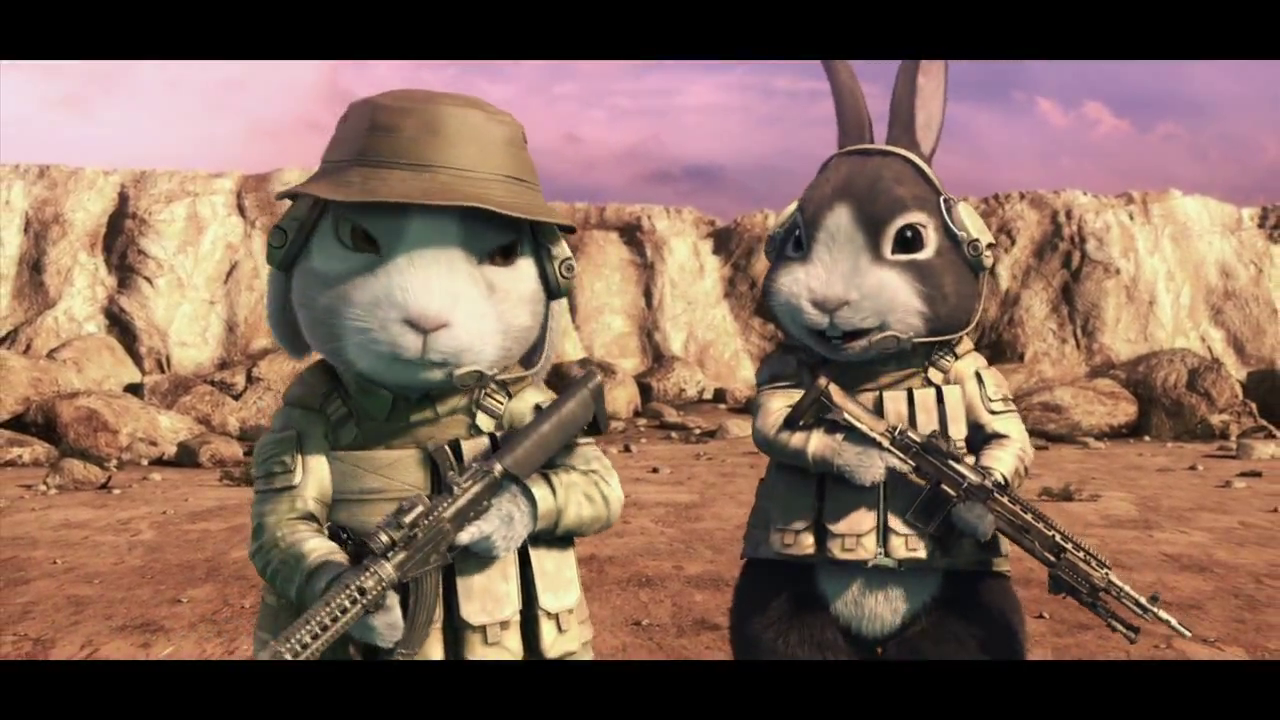
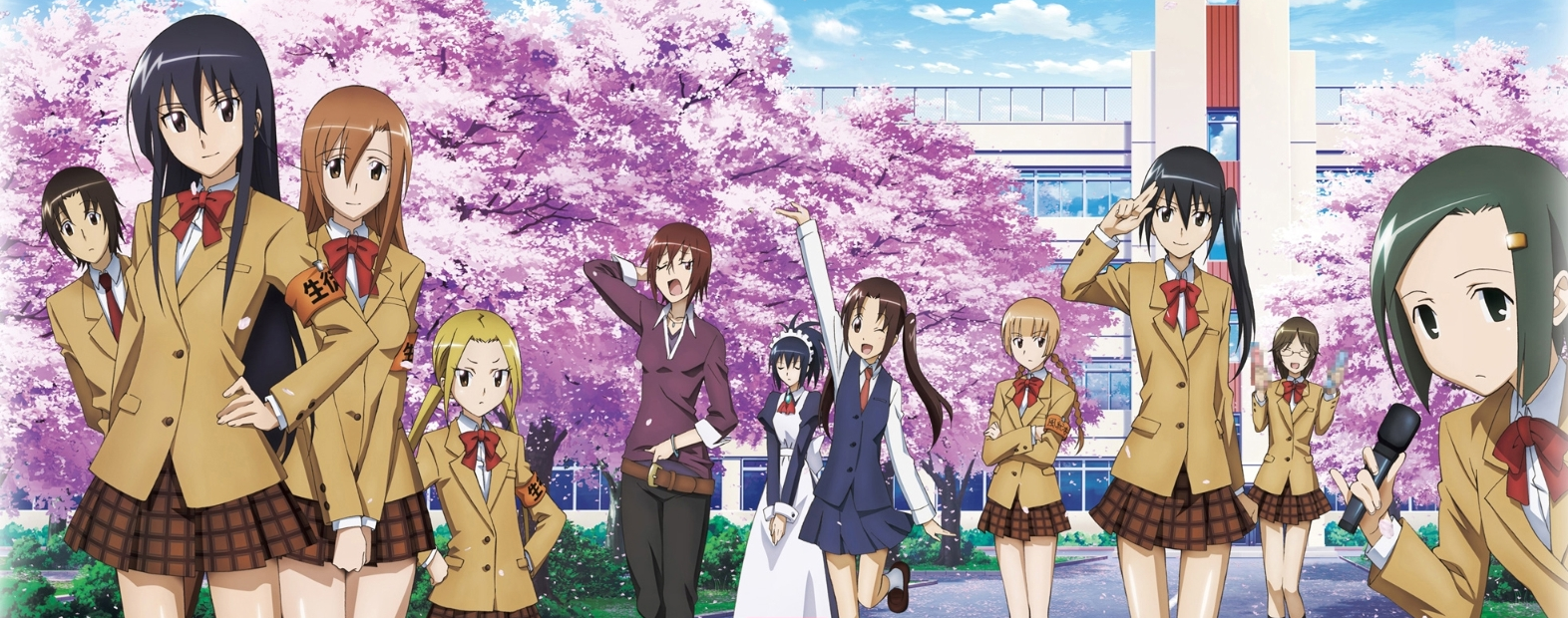
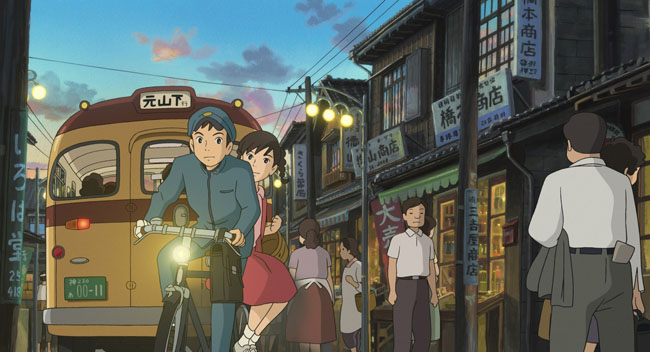
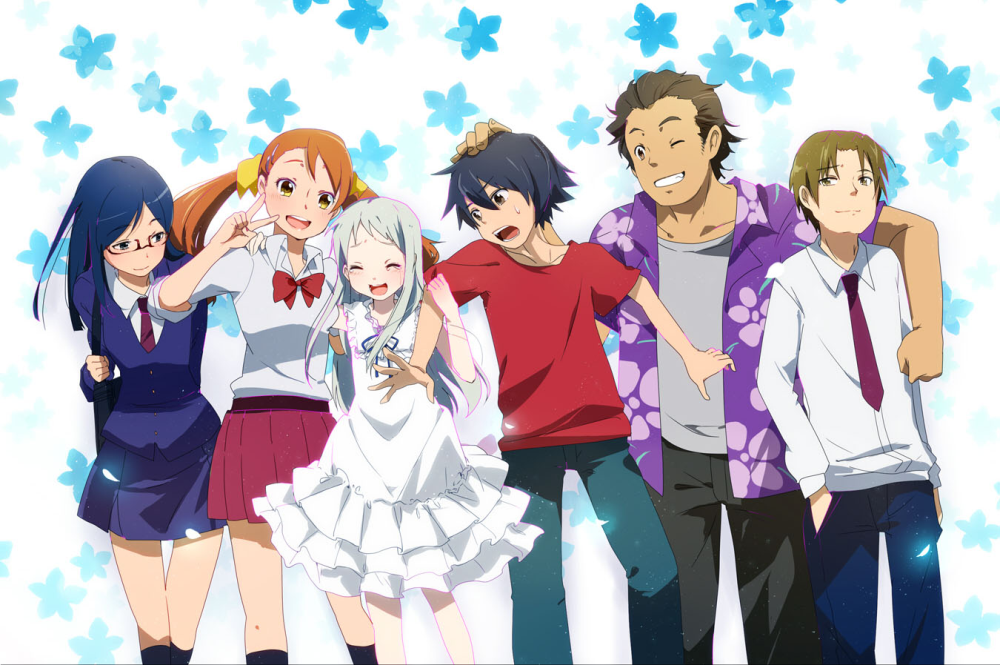
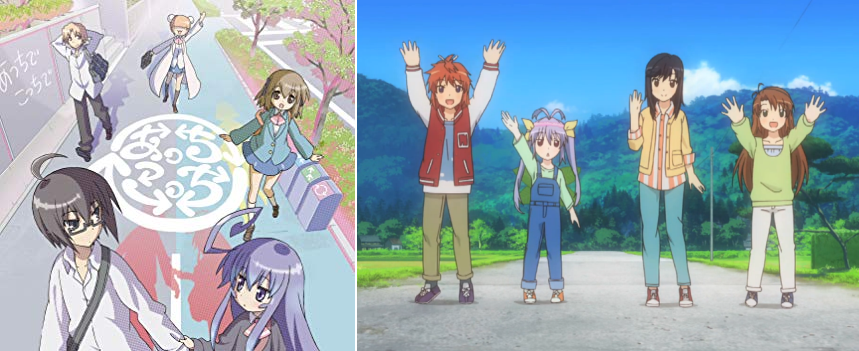
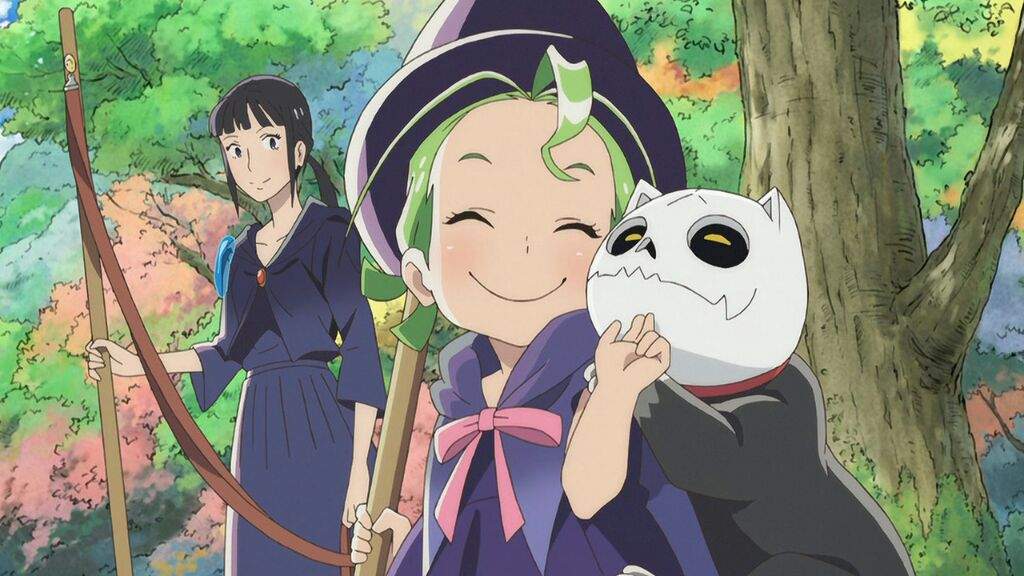
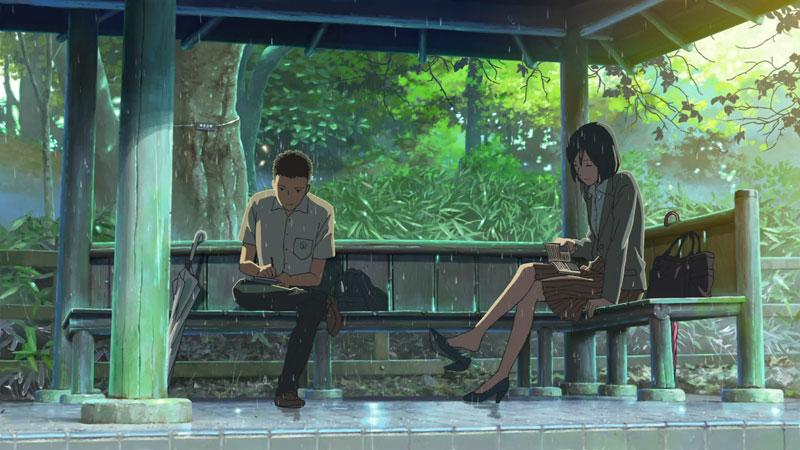
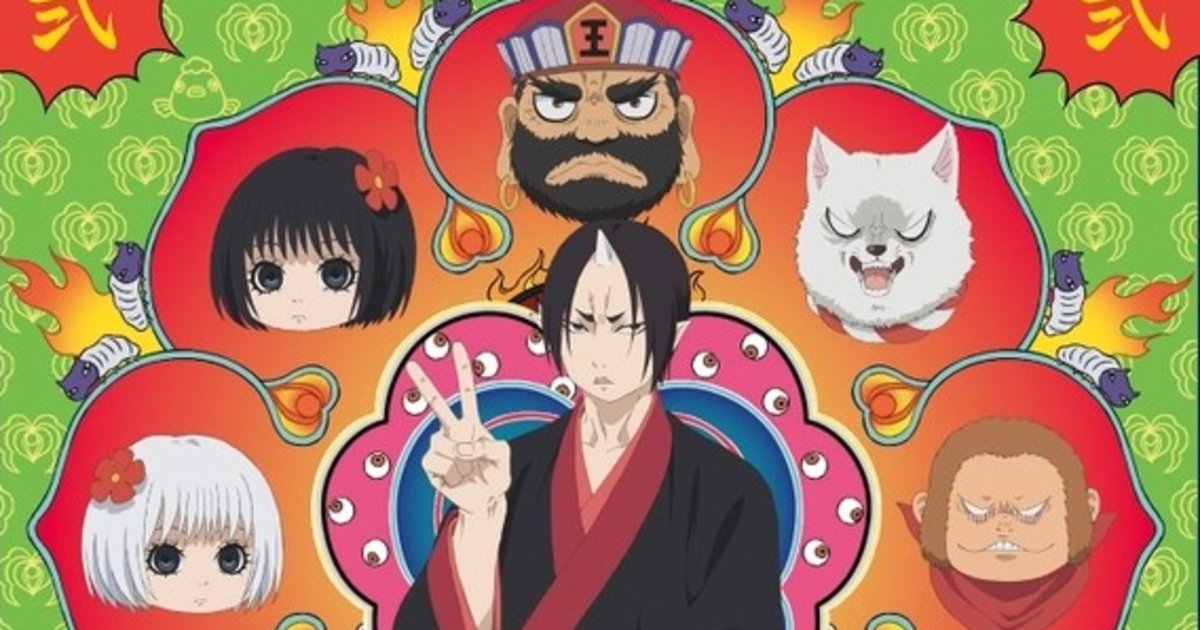
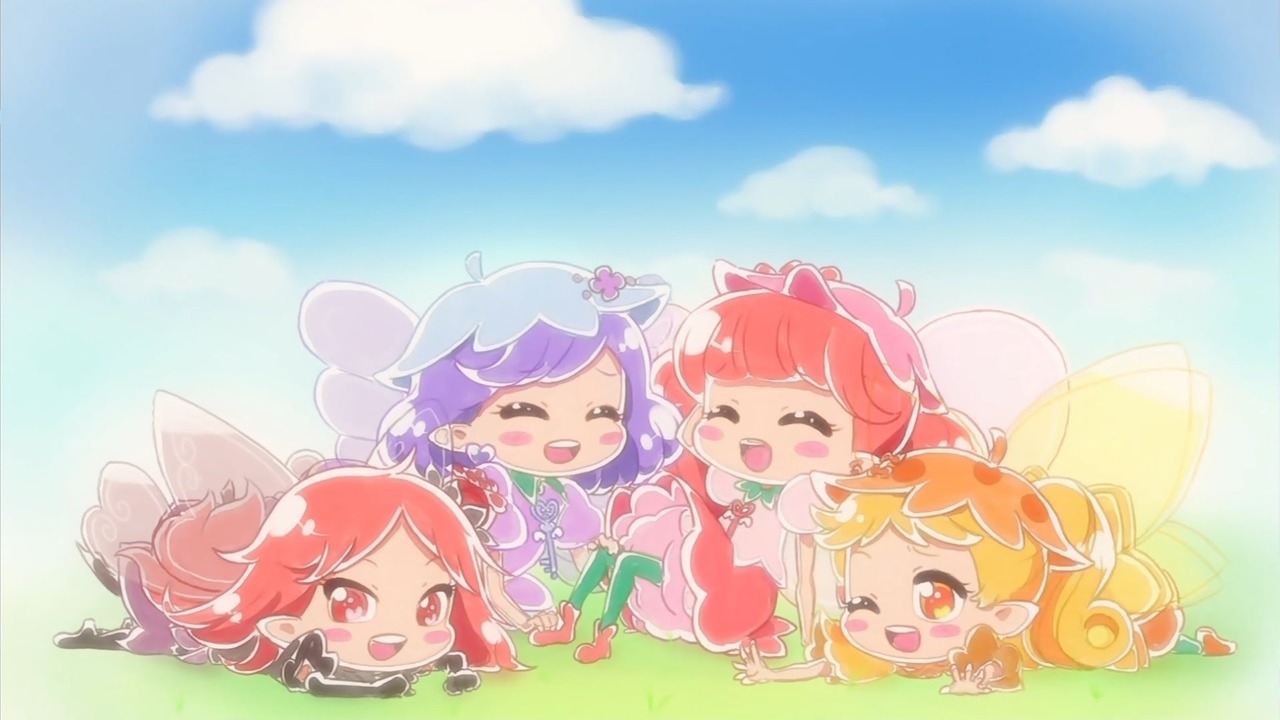
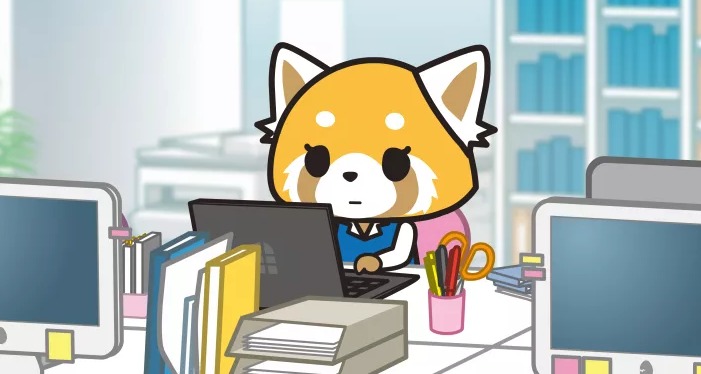
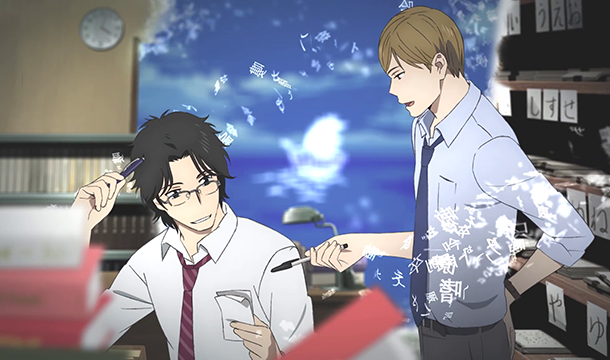
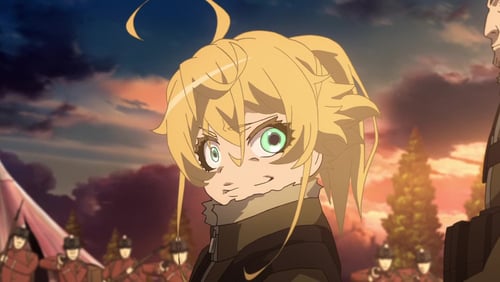

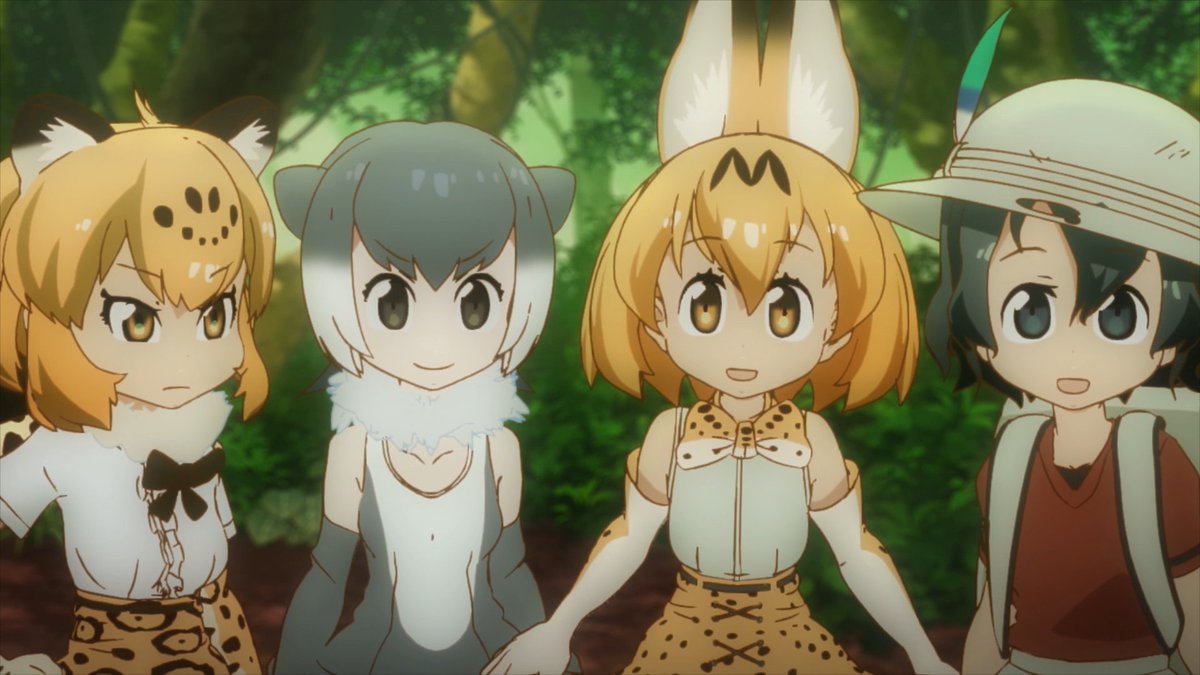
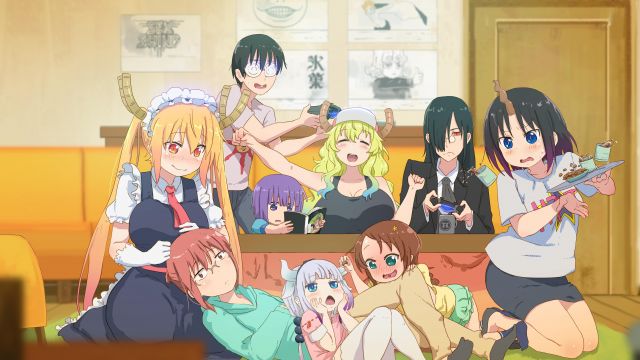
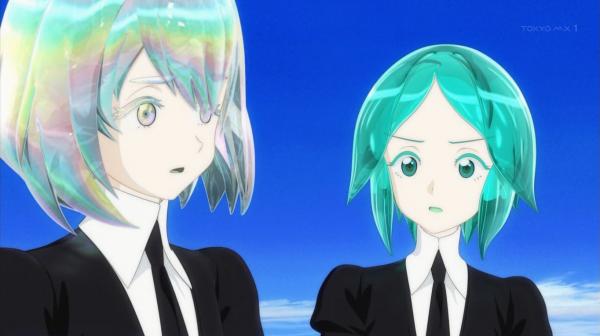
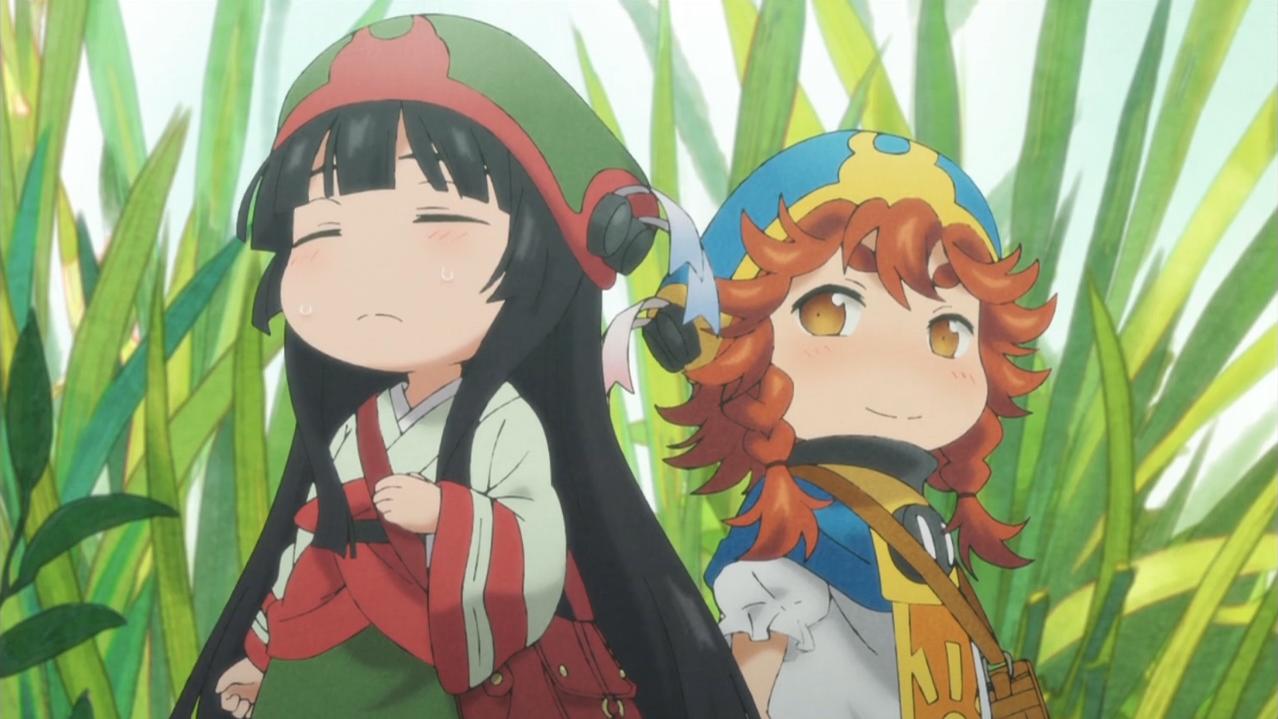
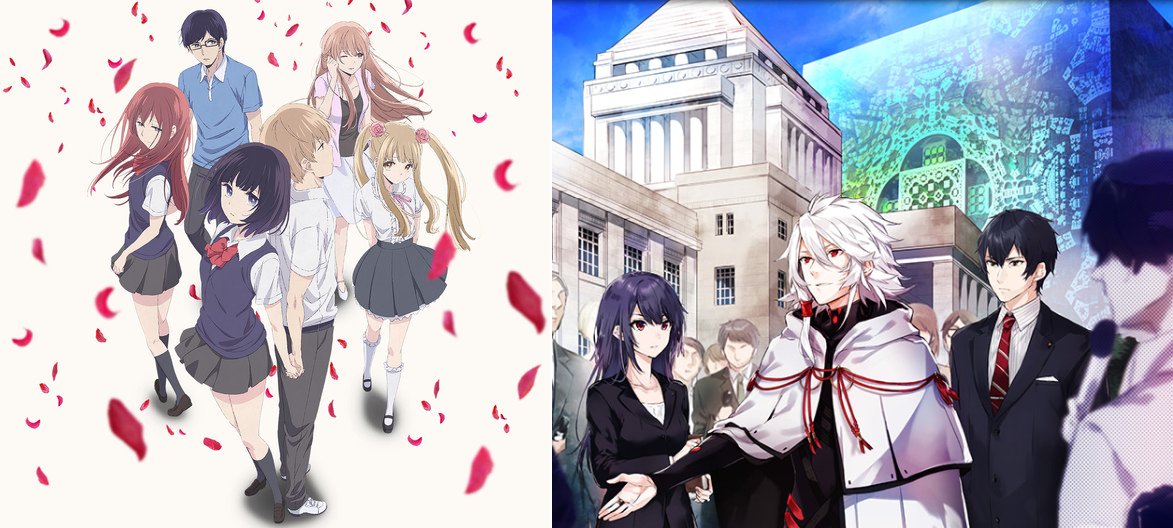
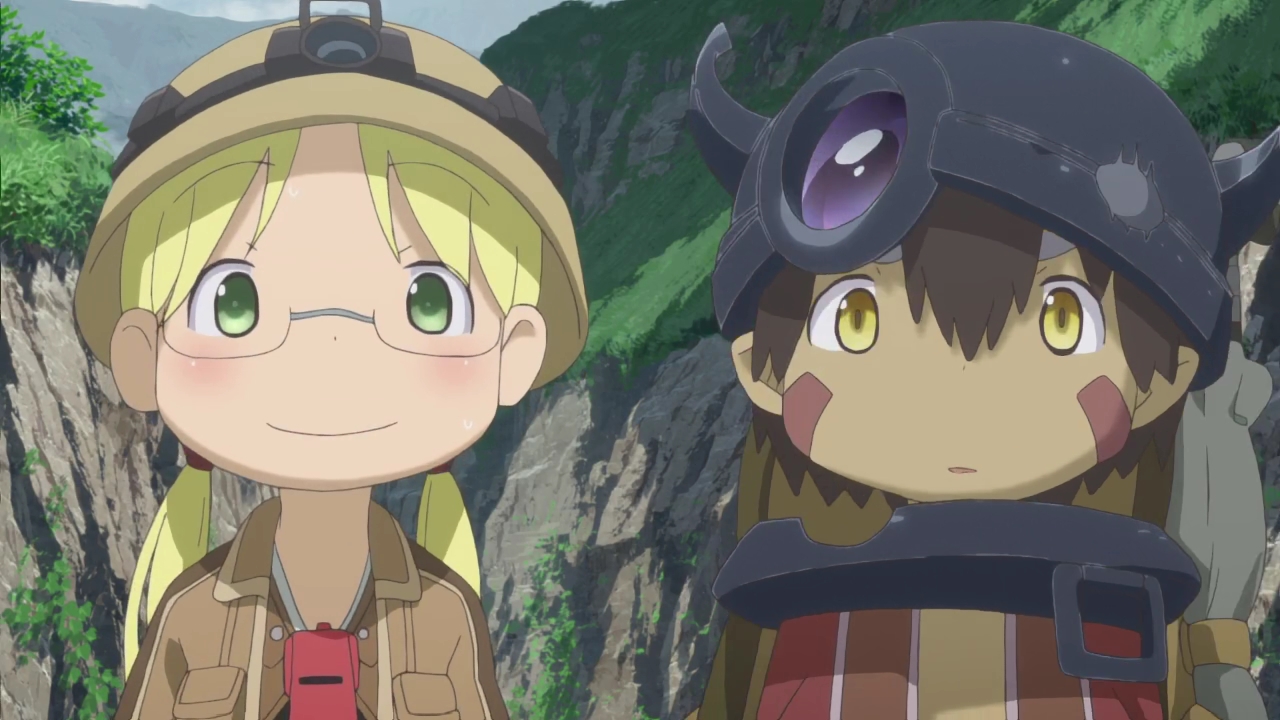


Hello,
going back even further than a decade… was there ever a translated DVD of “Genesis Surviver Gaiarth”? I remember at least 2 different VHS editions in the UK, but never managed to find a DVD version anywhere.